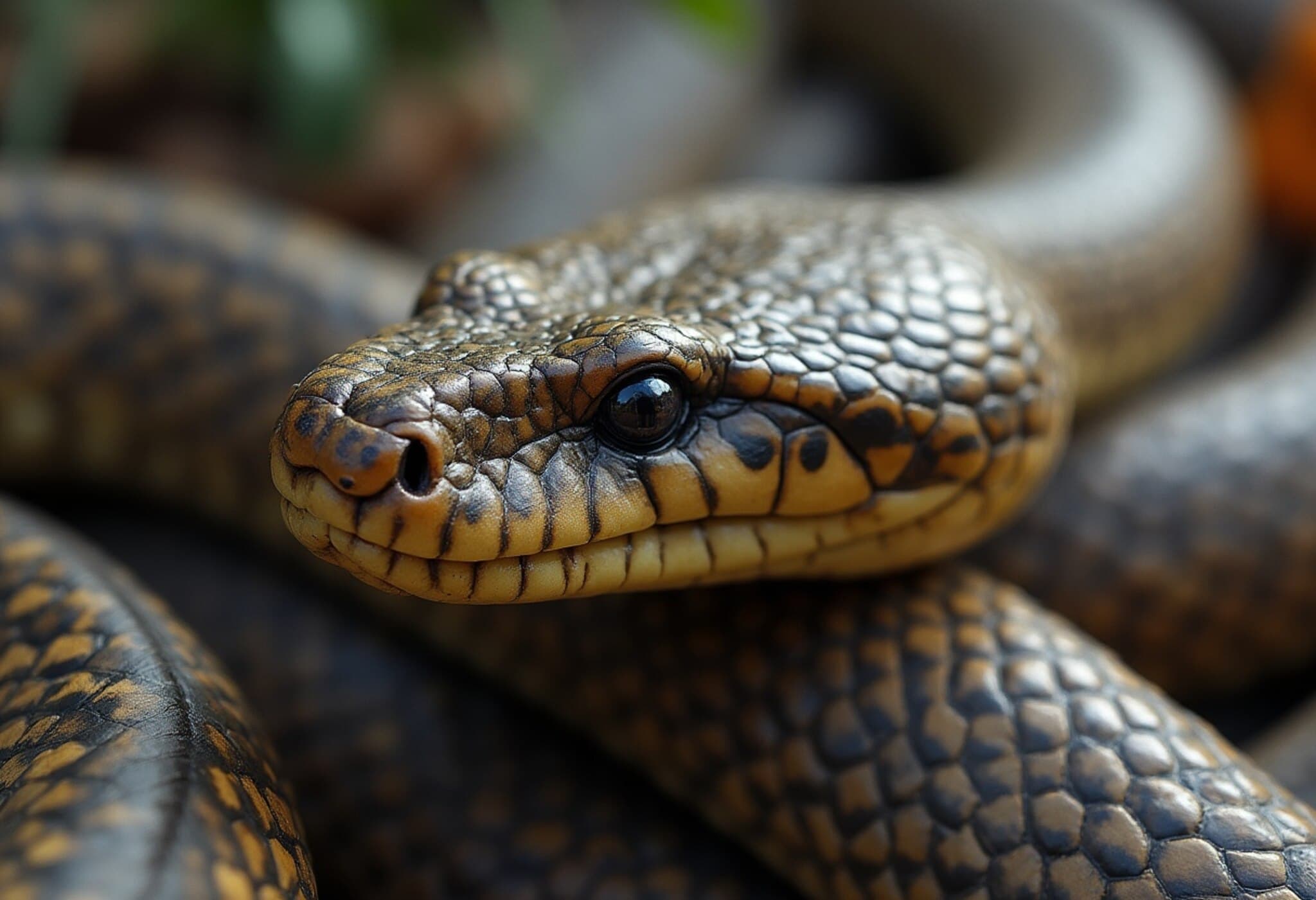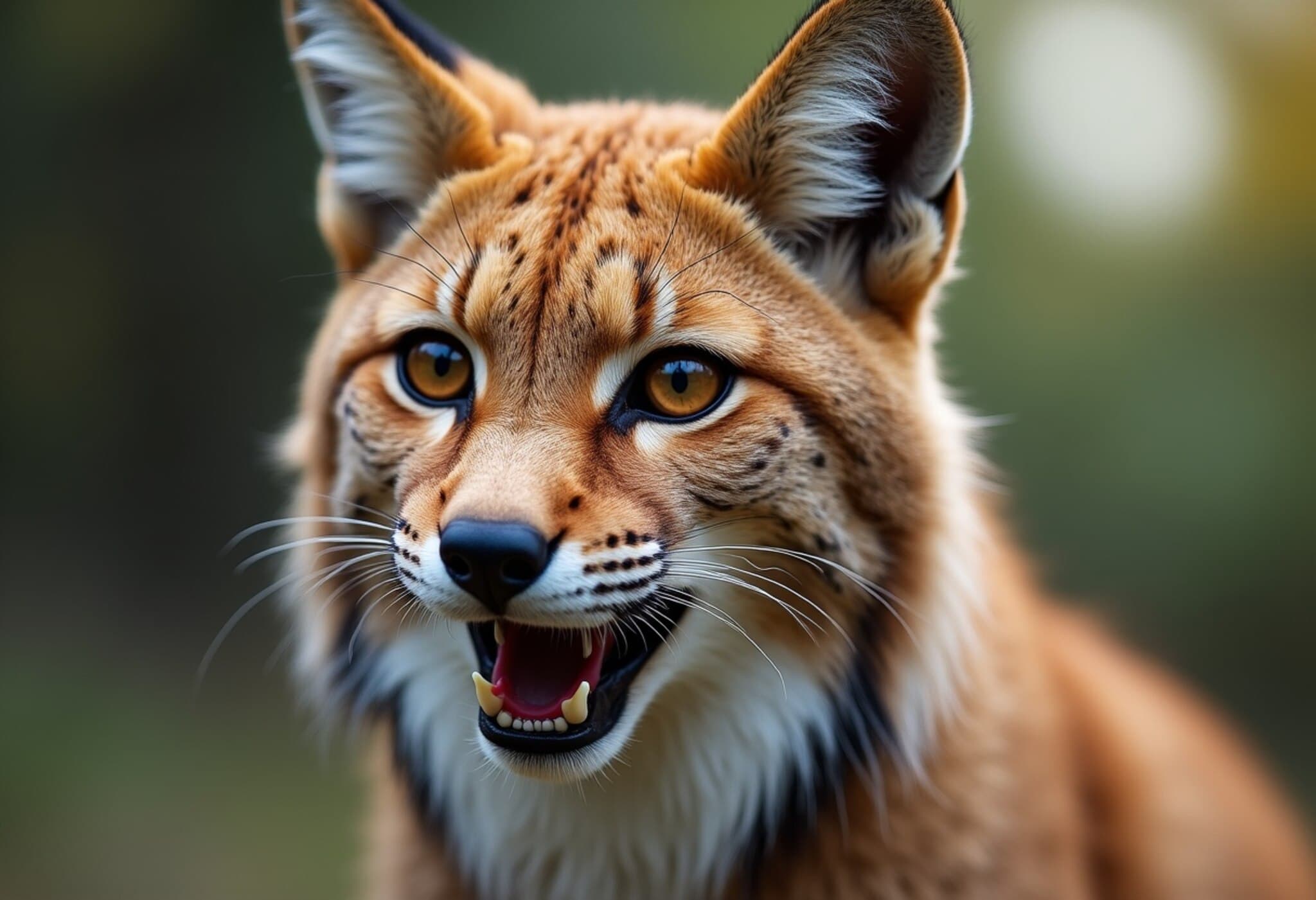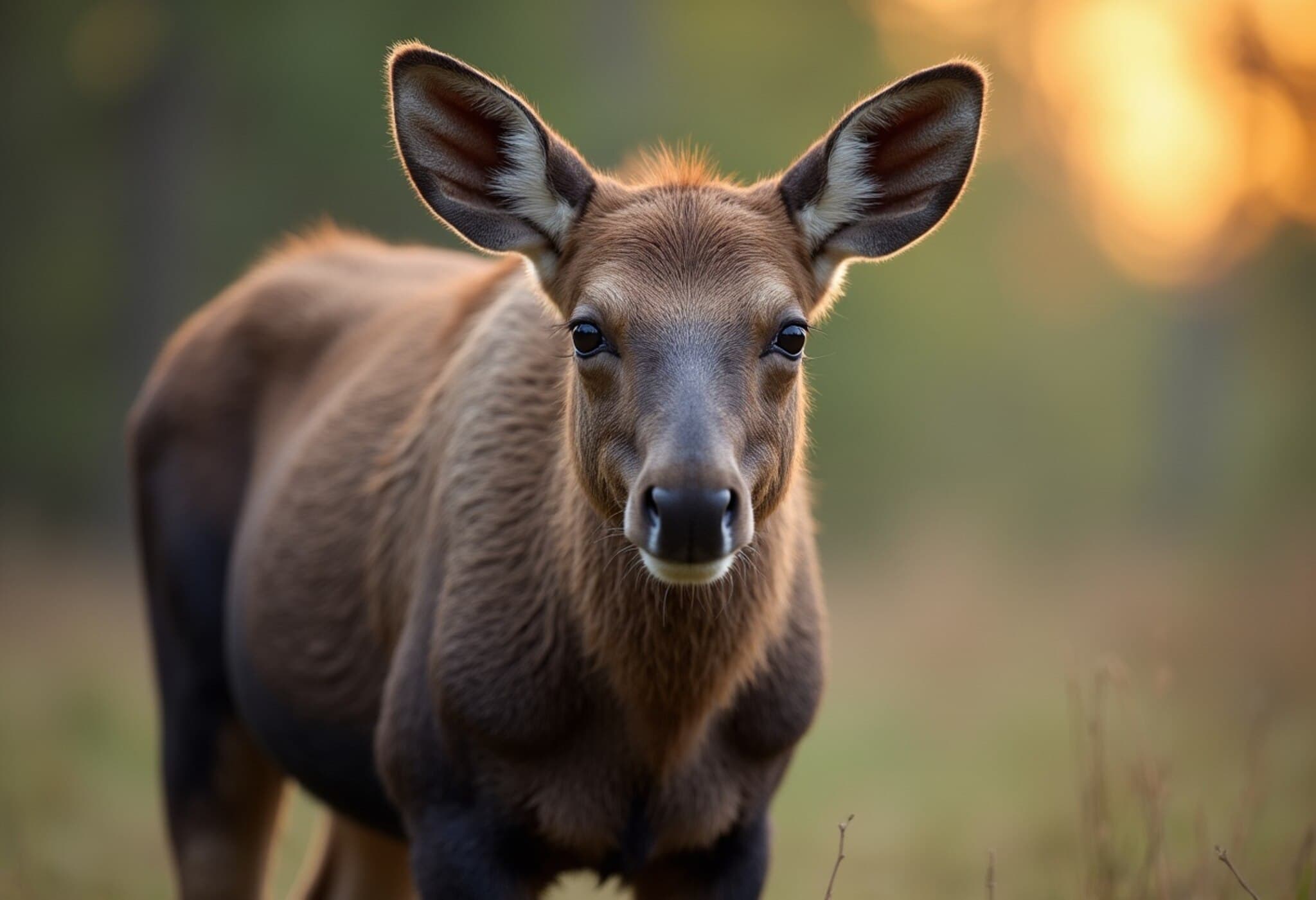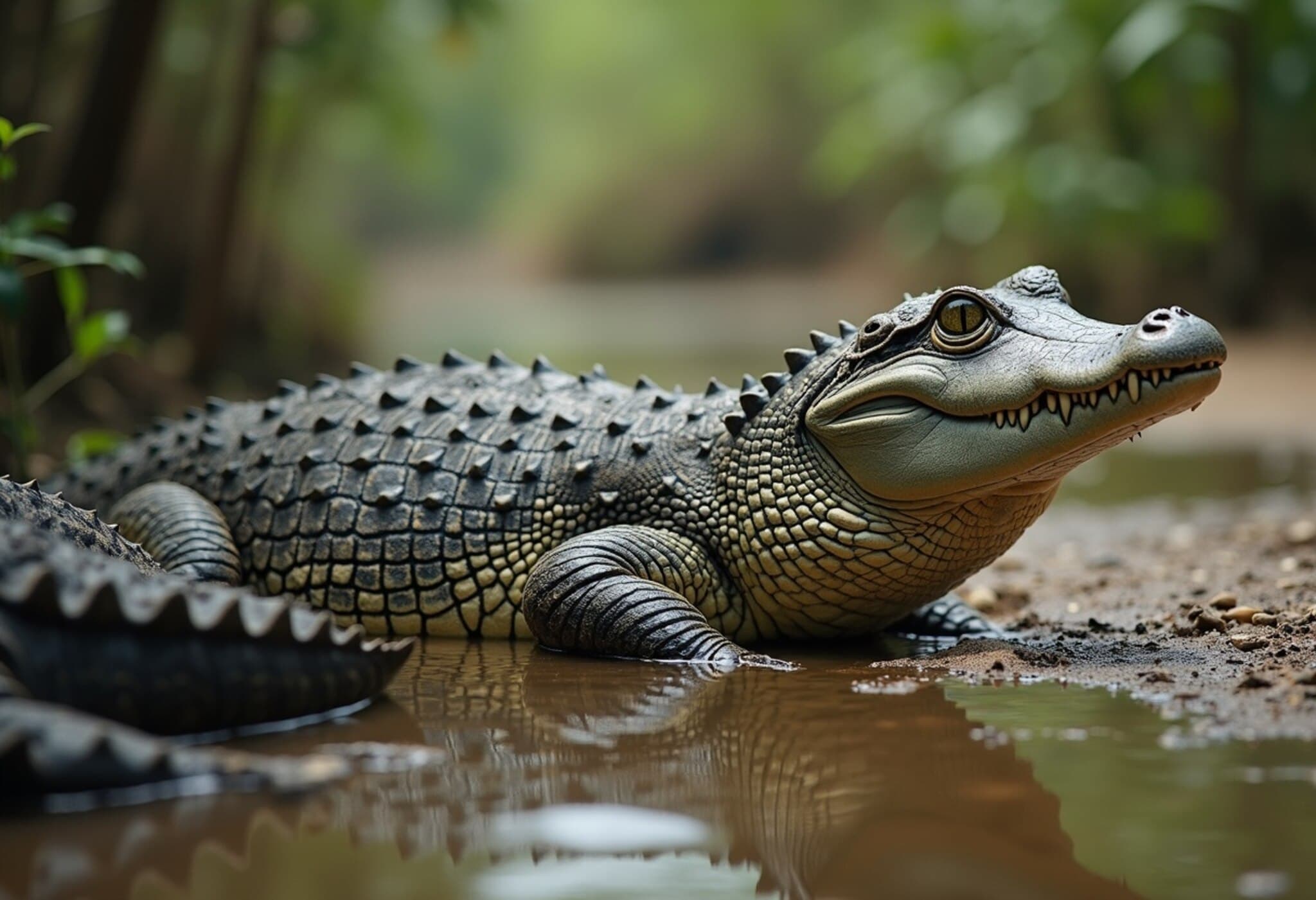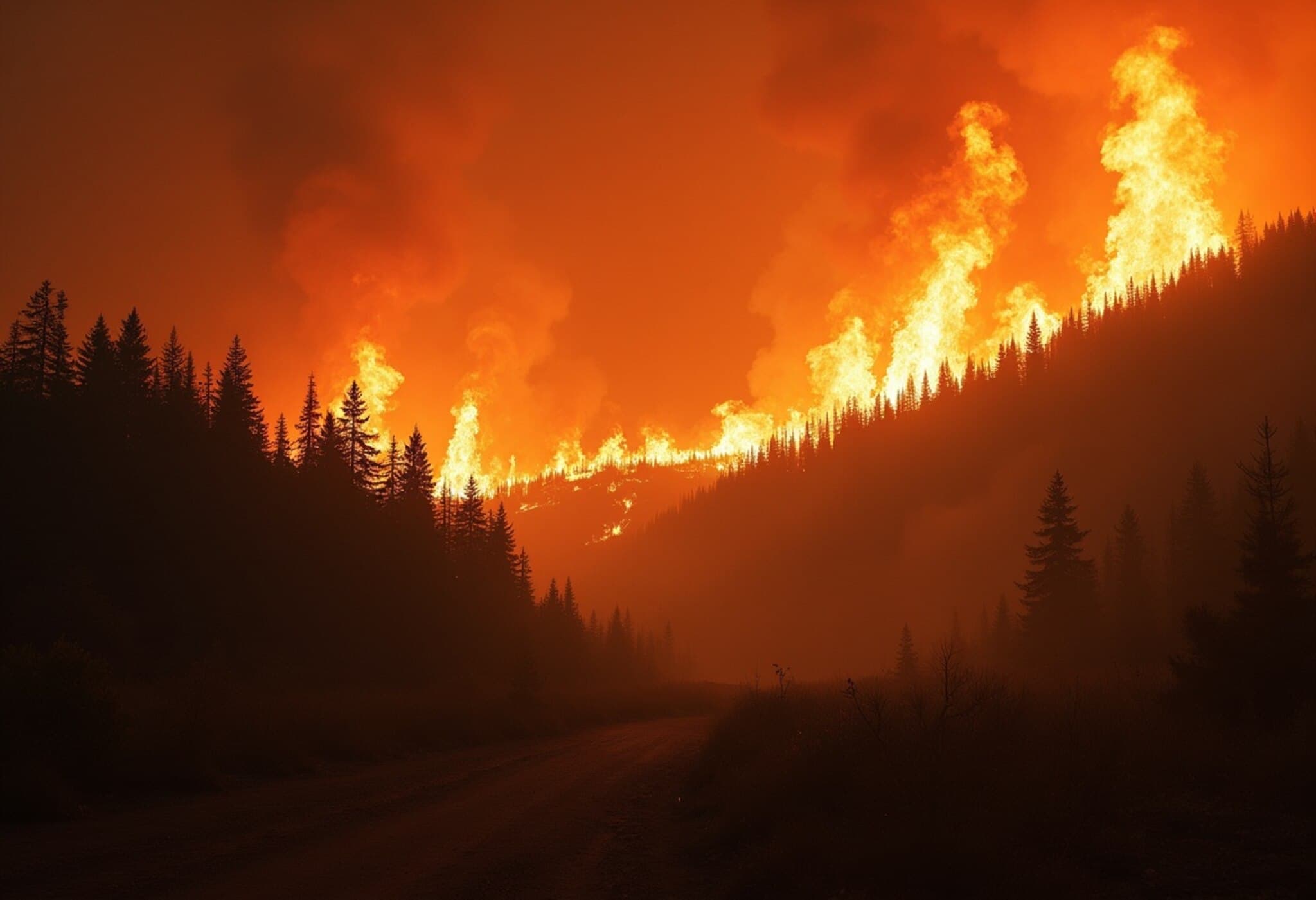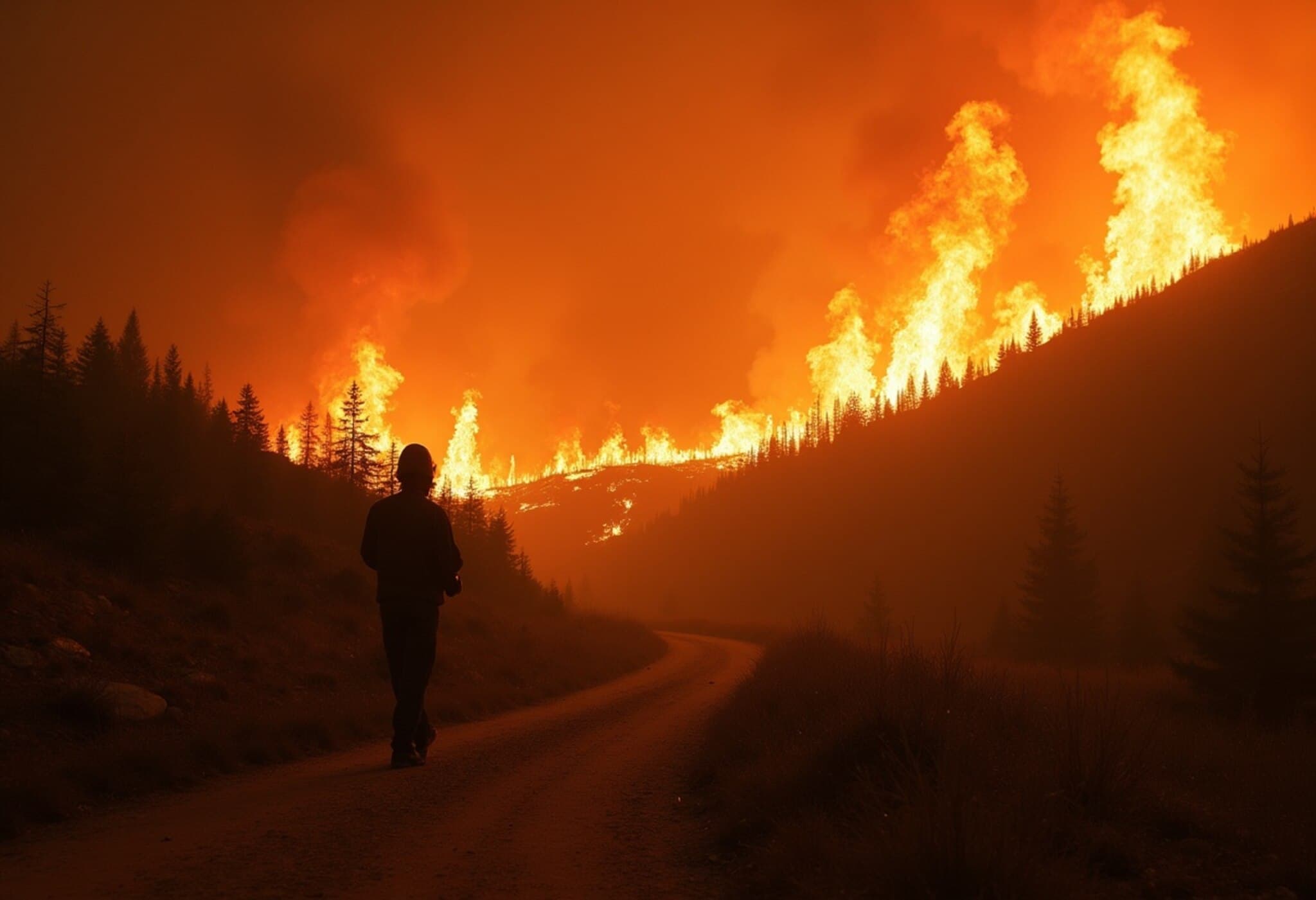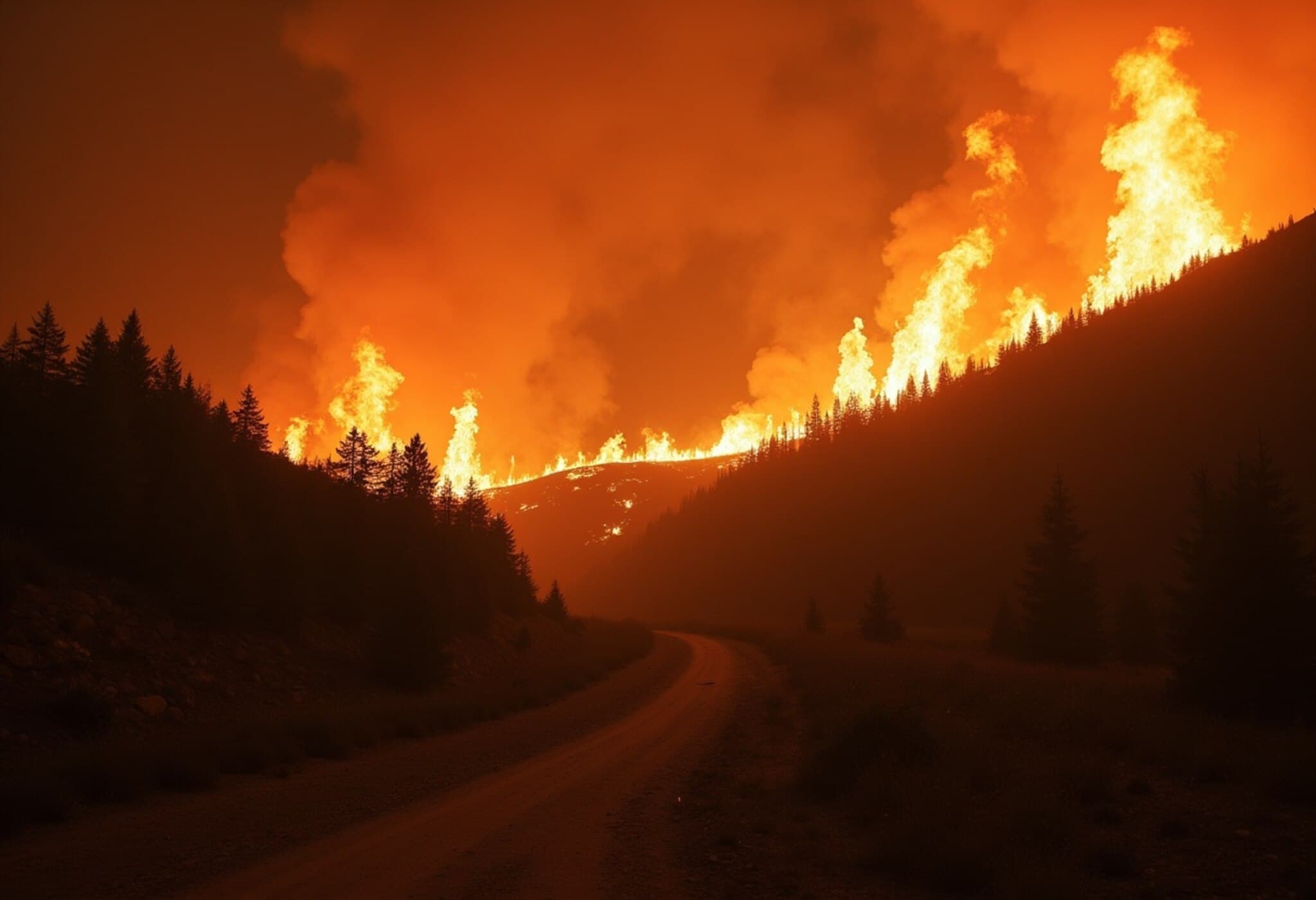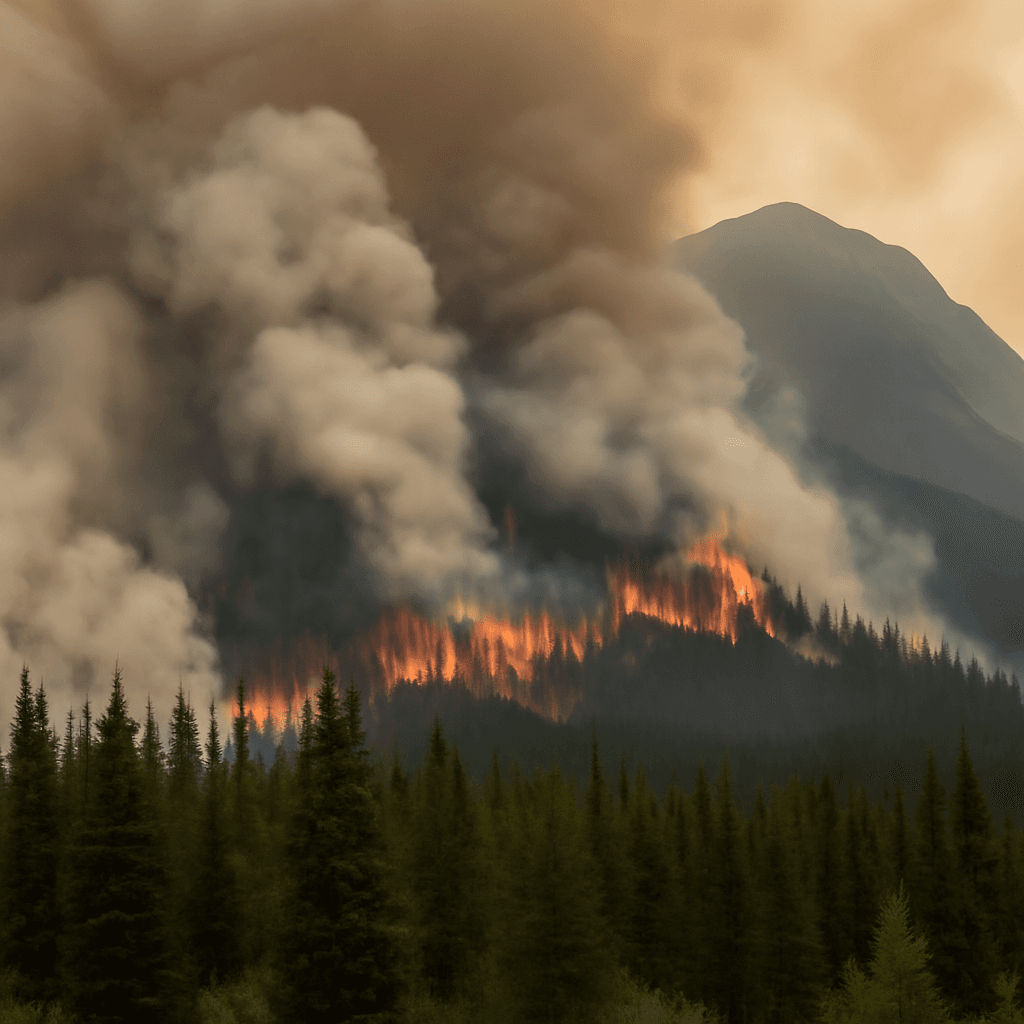Venomous King Cobras Found Close to Mt Everest
In a startling development, ten venomous snakes, including nine king cobras and one monocled cobra, have been rescued near the Mt Everest region in Nepal within the past month and a half. These snakes were discovered across four distinct locations: Gopaleshwor, Bhanjyang, Sokhol, and Fulchowk. Local officials from Dakshinkali Municipality successfully captured these snakes and safely released them back into surrounding forests.
Why Is Their Presence Here So Concerning?
Traditionally, king cobras and monocled cobras thrive in the warmer, lowland Tarai regions of southern Nepal and northern India. Spotting them higher up in mountainous terrains is unusual and has experts on edge. King cobras are the world's longest venomous snakes. While their venom isn’t the deadliest per drop, each bite contains enough to kill up to 20 people or even an elephant, making them extremely dangerous.
Jaya Thapa Magar, ward 1 chairperson of Dakshinkali Municipality, explained that many of these snakes were found near human residences before being moved to forested areas. Locals have also come across king cobra nests and eggs in nearby jungles, confirming they are beginning to establish themselves in these higher altitudes.
Climate Change: Pushing Snakes to Higher Grounds?
Experts believe that rising temperatures caused by climate change might be driving these tropical snakes to cooler, higher elevations. This shift could disrupt local ecosystems, posing risks not just to humans but also to native wildlife.
Subodh Acharya, a snake rescue trainer from Mithila Wildlife Trust, suggested that some snakes may have arrived inadvertently through transported goods like logs and hay but emphasized that these cobras have already started creating permanent habitats in the region. He urged locals to remain vigilant, especially when venturing into forests.
Climate Trends in Nepal and Conservation Concerns
Nepal has been feeling the impact of climate change with an average temperature rise of 0.05°C per year. Such changes alter wildlife behavior and habitats.
King cobras are currently listed as vulnerable in Nepal’s National Red Data Book and by the International Union for Conservation of Nature (IUCN). They face threats from habitat loss, human-animal conflicts, and killings arising from fear.
Snakebite Risks in Nepal’s Tarai Region
The growing presence of venomous snakes coincides with a troubling health concern. Reports highlight that snakebites in Nepal's Tarai districts spike during summer, causing around 2,700 deaths annually, mainly affecting women and children. This emphasizes the need for heightened awareness and first-aid preparedness in vulnerable areas.
Looking Ahead
The unexpected arrival of king cobras near Mt Everest underscores the broader consequences of our changing climate. Monitoring these shifts could be crucial for safeguarding both human communities and wildlife habitats moving forward.

